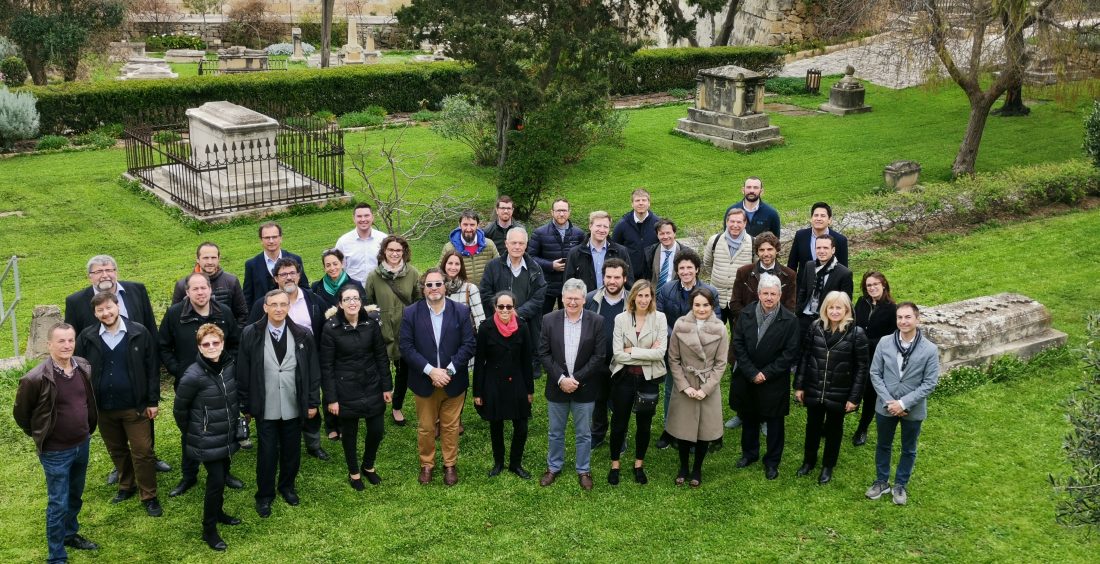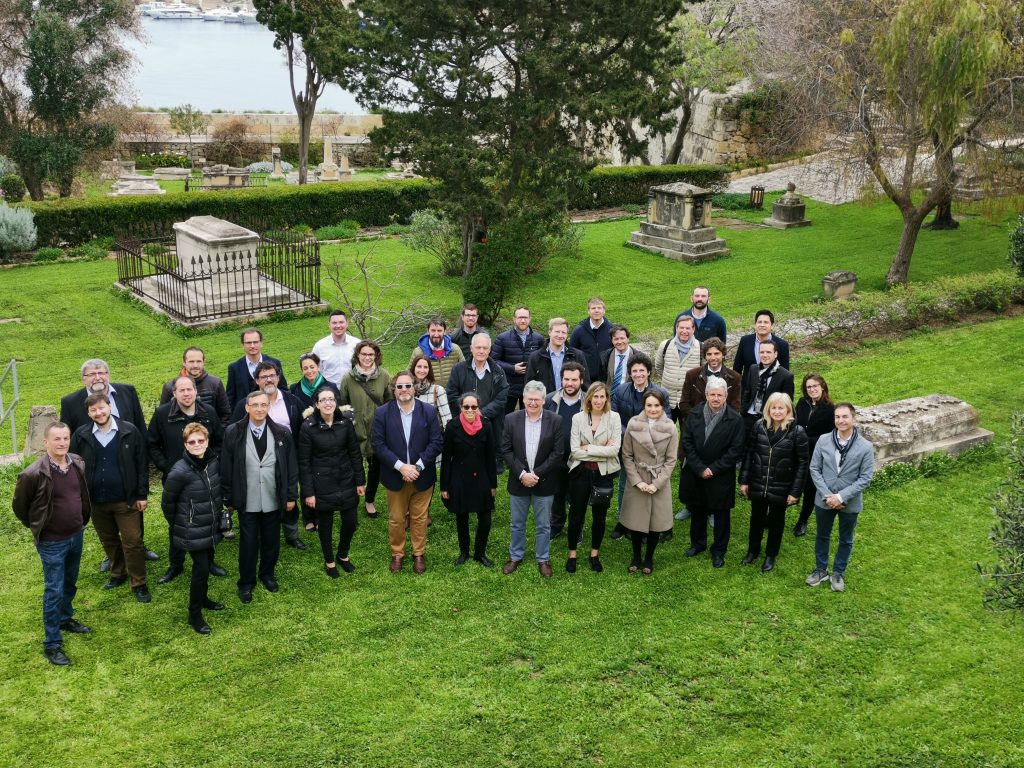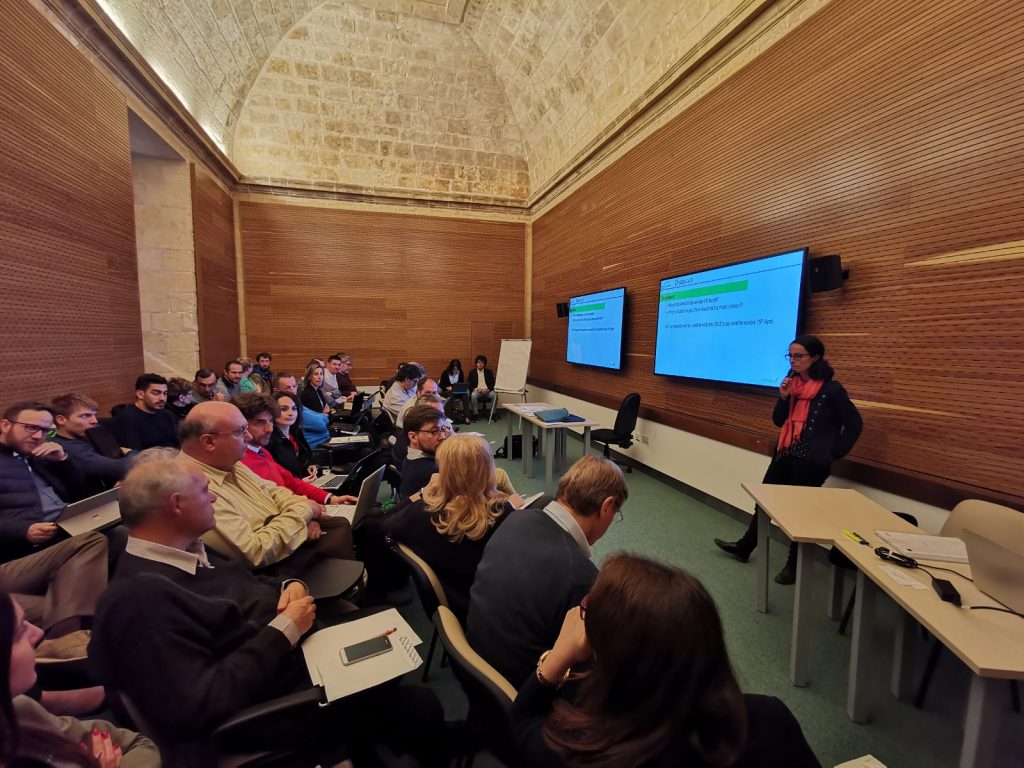
Din l-Art Ħelwa (DLĦ), National Trust of Malta has successfully organised the second general meeting of the consortiated partners of the EU funded project GEO4CIVHIC, which took place from 1 to 3 April 2019 at the Old University Building, of La Valletta.
During the meeting, DLĦ and its partners shared information on challenges encountered and progress made in the implementation of the project by discussion and analysing each single work package and work task of the project, accordingly.
GEO4CIVHIC stands for ‘Most Easy, Efficient and Low Cost Geothermal Systems for Retrofitting Civil and Historical Buildings -, funded by Horizon 2020, call LCE-2016-2017, under Competitive Low-Carbon Energy. It aims at applying a pan-European and innovative shallow geothermal solutions particularly targeting historical buildings. These will have specific characteristics, being easier to install, more cost-effective than those available in the market, with drilling methodologies/machines well suited to operate in built heritage and environment.
Malta is one of the four and most interesting testing grounds of GEO4CIVHIC, due to its high density of cultural and historical built heritage. DLĦ has therefore, offered one of its properties held in trust, the Msida Bastion Garden to perform a real case demo, within which, a hybrid two-source low temperature heat will be designed, installed and monitored. The site was recognised in 2001 by the International Jury Panel of the Europa Nostra Heritage Award Scheme with the highly prestigious Silver Medal, “For the admirable, painstaking recovery, re-assembly and careful restoration of the monuments, headstones and tombs of the Msida Bastion Cemetery and for the conversion of its derelict historic site into a public garden”.
DLĦ believes that GEO4CIVHIC solutions are capable of bridging the need to pursue sustainable development with the conservation requirements of built heritage. Malta may definitely benefit from this research, once proved successful, by further exploiting such innovative shallow geothermal solutions in other historical buildings.




Comments are closed.